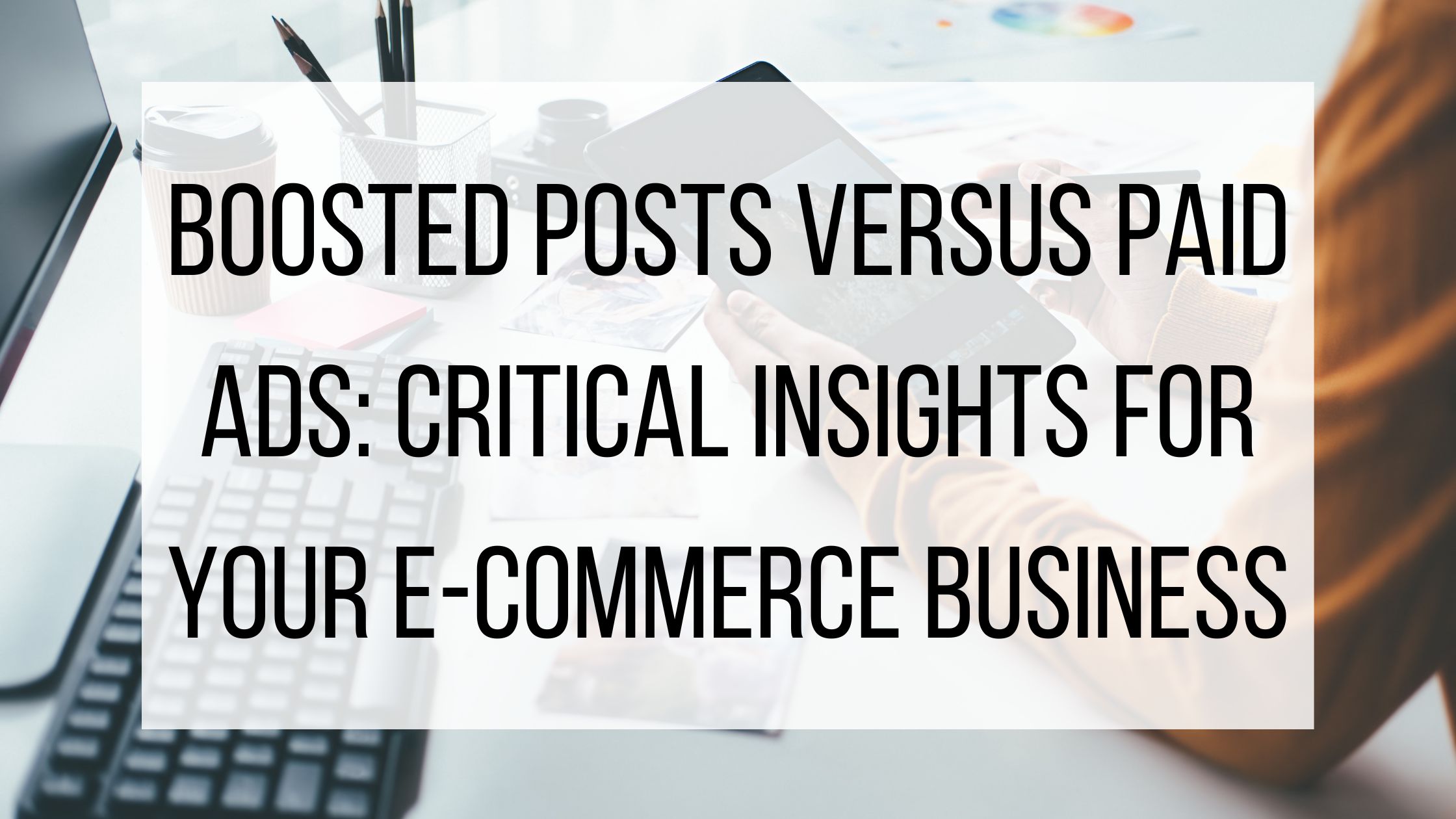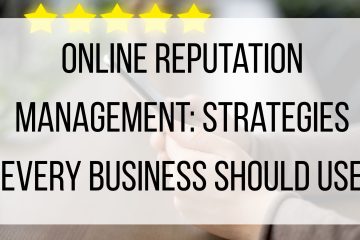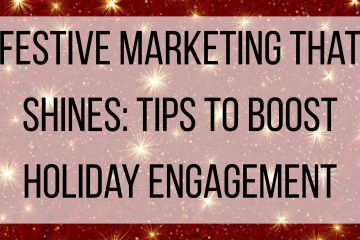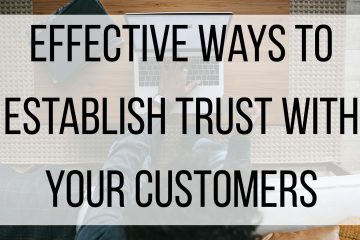Boosted Posts Versus Paid Ads: Critical Insights for Your E-Commerce Business

Running advertisements on social media can be a great way to reach a wider audience, boost your brand, and announce new products. No matter your goal, there are many ways you can run advertisements. Two of the most popular methods are boosted posts and paid ads. Although they seem very similar at first, there are some differences that are important to know in order to make the best decision for your campaign.
Boosted Posts:
A boosted post is a social media post that you “boost” to expand its reach. For example, if you post about a popular product you have on Facebook and want more of your target audience to see it, you can choose to boost the post for a fee. Boosted posts look almost exactly like something users would see in their feed, except they are usually marked as “sponsored” or “promotion”. Boosted posts can be images, videos, text- anything you have posted already!
Boosted posts are easy to set up, especially if you are new to advertising. They require minimal effort since you are working with content you’ve already published. There is no time frame in which you have to boost your post- if you notice an organic post is doing well after a few hours, or a few weeks, you can boost it!
The downside to boosted posts is that they are not as customizable as paid ads. Having fewer options can make it easier to choose a goal, but might not align with what you are hoping to accomplish. However, they do offer good, basic goals such as profile visits, link clicks, or post engagement.
Paid Ads:
Paid ads, sometimes called social ads, is content that you pay to distribute to a specific audience. Boosted posts are technically a form of paid ads, although they are created and measured differently. Paid ads allow you to go more in-depth on what you can control, from campaign objectives to audience details.
The biggest upside to paid ads vs boosted posts is the increased customization options. If you have a specific goal you want to meet, a specific target audience (or lookalike audience), and more detailed metrics, paid ads are a better option.
The downside of using paid ads is that they take more time overall, which can be a downside for smaller teams. Creating an ad from scratch and doing the research to find your perfect customization is time-consuming and can be tricky. There is a learning curve involved with paid ads, which not everyone has time for.
How To Choose:
Choosing between boosted posts and paid ads really just depends on your budget, how much time you have, and how detailed you want to be in selecting your goals and audience. Boosted posts tend to be better if you are looking to increase audience engagement, improve visibility, grow your following, host a giveaway, or want to spend less of your budget on an ad. Paid ads are more effective if you want to generate leads, drive traffic, or convert website visitors and have a larger budget.
Boosted posts and paid ads are both wonderful ways to reach your goals and grab your audience’s attention. Knowing the differences and when to use each of these methods will help you get your best results!



1 Comment
mapquest driving directions · April 12, 2024 at 4:05 am
Thanks for everyone’s interesting and useful sharing, I will visit often to find the necessary information.